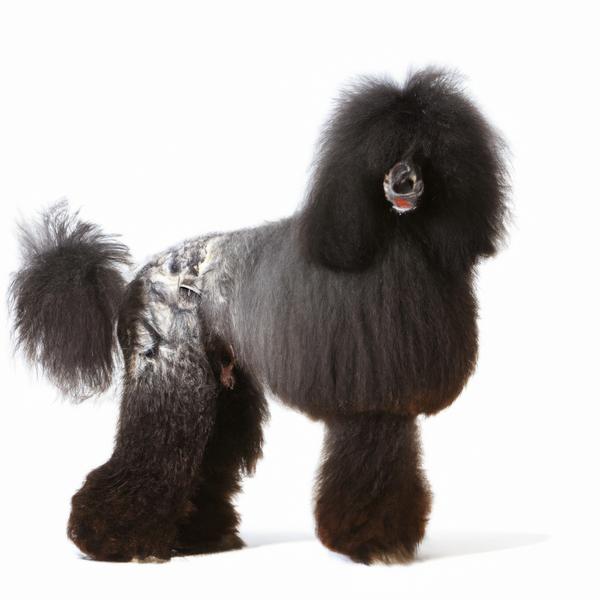Puli vs. Papi-poo: Breed Differences and Similarities
Hypoallergenic
Are Pulis or Papi-poos hypoallergenic, or neither?
While no dogs are truly 100% hypoallergenic, Pulis are about as close as it gets, making them an ideal pet if you are an allergy sufferer.
Unfortunately, the Papi-poo is not hypoallergenic, making it not a good choice for a dog lover who suffers from pet allergies.
Temperament
What are the personalities of Puli and Papi-poo dogs?
Agile
Faithful
Loyal
Energetic
Intelligent
Obedient
Smart
Home-Loving
Active
Happy
Energetic
Alert
Intelligent
Friendly
Trainable
Faithful
Instinctual
Shedding Level
Do Pulis shed more than Papi-poos, or which breed sheds more, Pulis or Papi-poos?
Puli or Papi-poo will shed a negligible amount of hair. Some owners say that they do not shed, but that is not true. But the amount of shedding can be rather light than other dog breeds. If you do not want to deal with the hairs flying around in your home, then this breed is a perfect choice for you.
Watchdog Ability
Which dog breed makes a better watchdog, the Puli or Papi-poo?
Choose a Puli if you want a top-notch watchdog. This breed takes guarding seriously, and may not require much training, though obedience or guard dog training can improve their skills.
Papi-poos aren't great guard dogs; they tend to just watch without taking action.
Origin
What is the origin of Puli and Papi-poo dog breeds?
Hungary
United States
Ancestry
What are the origins of Puli and Papi-poo breeds?
hungarian shepherd dog
Poodle and Papillon
Breed recognition
Which kennel clubs recognize/register Puli and Papi-poo?
American Canine Registry
American Kennel Club
America's Pet Registry
Canadian Kennel Club
Dog Registry of America Inc.
Federation Cynologique Internationale
Kennel Club of Great Britain
North American Purebred Registry, Inc.
American Canine Association, Inc.
Australian National Kennel Council
Continental Kennel Club
National Kennel Club
New Zealand Kennel Club
United Kennel Club
ACHC = American Canine Hybrid Club
DBR = Designer Breed Registry
DDKC = Designer Dogs Kennel Club
DRA = Dog Registry of America, Inc.
IDCR = International Designer Canine Registry®
Date of Birth
When were Puli and Papi-poo breeds first developed?
middle ages
1990s
Eye Color Possibilites
What are the eye colors of Puli and Papi-poo dogs?
Brown
Brown
Amber
Nose Color Possibilites
What are the natural nose colors of Puli and Papi-poo?
Black
Black
Coat Color Possibilites
What are the natural colors of the coat for Puli and Papi-poo breeds?
Black
Gray
White
White
Cream
Gray
Red
Sable
Black
White
Coat Length
What is the typical coat length for Puli and Papi-poo breeds?
Pulis are known for their coat length.
Papi-poos have medium-length coats.
Coat Density
What is the density of the coat of Puli and Papi-poo?
Coat Texture
What is the hair texture of Puli and Papi-poo?
Corded
Wavy
Litter Size
What is the usual litter size for Puli and Papi-poo?
A Puli can have a litter of 12-16 puppies on average. However, it's worth noting that the size of the litters can vary greatly. Factors that can influence litter size include the health of the mother, breeding history, and genetics.
A Papi-poo can have a litter of 2-4 puppies on average. However, it's worth noting that the size of the litters can vary greatly. Factors that can influence litter size include the health of the mother, breeding history, and genetics.
Adaptability
Pulis are known for their adaptability and can adjust well to different environments and lifestyle changes.
Papi-poos are highly adaptable and versatile, making them excellent companions for families and individuals of all lifestyles.
Health Issues
Between Puli and Papi-poo, which breed is more prone to health problems?
Puli and Papi-poo breeds are generally considered to be healthy. However, like all breeds, they are susceptible to certain health issues and it is important to keep an eye out for them and address them with your veterinarian as needed.
Major Concerns
What are the major health concerns for Puli and Papi-poo breeds?
Progressive Retinal Atrophy
Hip Dysplasia
Epilepsy
Von Willebrand's Disease
Hypothyroidism
Addison's Disease
Legg-Calve Perthes Disease
Collapsed Trachea
Minor Concerns
What minor health issues should be kept in mind when owning Puli and Papi-poo?
Cataracts
Patellar Luxation
Hypoglycemia
Eye Problems
Occasional Tests
What occasional tests are recommended for Puli and Papi-poo breeds?
Eye
Hip
X-Rays
Eye Examination
Optical Examination
Buccal Mucosal Screening
Full Physical Examination
Blood Work and Urine Tests
Full Chemistry Panel Tests and Blood Count
Physical and Neurologic Examination
Blood Tests and Analysis
X-rays or other radiographic imaging
Echocardiography (ultrasound)
ACTH Test
Energy
How do the energy levels of Pulis and Papi-poos compare?
Pulis thrive on an active lifestyle due to their high-energy nature.
Papi-poos' high energy levels make them unsuitable for a low-key dog, choose accordingly.
Social Needs
Puli vs Papi-poo social needs comparison
Puli has average social needs and is less independent than other breeds.
Papi-poo has very high social needs and requires regular mental and physical stimulation, a job or purpose, and companionship.
Exercise Needed
Puli vs Papi-poo exercise need comparison.
Pulis require significant physical activity and suit those with an active lifestyle.
Papi-poos need only a small amount of physical activity, ideal for busy or elderly people or those with limited space.
Sleeping Need
Which of the two sleeps the most/least: Puli or Papi-poo?
Pulis are active and require sufficient sleep to stay healthy.
Papi-poos sleep less than other breeds but still need adequate sleep for good health.
Tendency to Bark
Do Pulis or Papi-poos bark more/less frequently?
The Puli is a vocal breed that frequently barks and howls, and may not be suitable for those seeking a quiet companion.
Papi-poo dogs are generally less vocal than other breeds and only bark when necessary, such as to alert their owner or communicate.
Mouthiness
Mouthiness Comparison: Puli vs Papi-poo?
Roaming urge
Puli vs Labrador: Running away tendency?
Prey Drive
Puli or Papi-poo - which breed has a higher level of prey drive?
Past times
What are some enjoyable activities and ways to keep Puli and Papi-poo entertained?
Fetch, Hiking, Running, Tug-of-war
Cuddling
Activity Level
Which breed has higher energy, Pulis or Papi-poos?
Both Puli and Papi-poo are medium-energy dogs that enjoy socializing and playing with other dogs. They may engage in casual or sustained games of chase, and occasionally have bursts of barking or racing around the house.
Tolerance of being left alone
Walks per Week
How many miles should Puli or Papi-poo walk each week?
There's really no limit to how far you walk your dog as long as they're comfortable. For Puli, it's at least 8 miles / week. Just remember to build distance and stamina gradually over time.
There's really no limit to how far you walk your dog as long as they're comfortable. For Papi-poo, it's at least 7 miles / week. Just remember to build distance and stamina gradually over time.
Activity per Day
Do Pulis or Papi-poos require more exercise?
Both Puli and Papi-poo typically require a minimum of 60 minutes of exercise each day. The exercise can be spread throughout the day and may involve high-energy activities like walking, running, and playing.
Grooming
Which breed is easier to maintain in terms of grooming, Pulis or Papi-poos?
Pulis have high grooming needs, requiring regular trims and professional grooming assistance to keep their coat healthy.
Papi-poos require significant grooming, including regular trims and professional grooming assistance to maintain their coat. They may also require frequent bathing to keep their coat and skin healthy.
Brushing Frequency
What is the recommended brushing frequency for Puli and Papi-poo dogs?
In general Puli should be brushed at least once a month. Of course you can give them more frequent brushes, especially if they enjoyed it
Ideally, Papi-poo should be brushed at least 2 or 3 times a week (preferably daily) improve shedding.
Brushing Tools
What brushing tools are used for Pulis and Papi-poos?
Pin Brush
Clipper
Nail Clipper
Pin Brush
Dematter
Comb
Nail Clipper
Cups
How much food should be given to Puli or Papi-poo in cups?
For an average 30-35 pound (14 - 16 kg) Puli feed 2 cups daily. But, keep in mind, the amount you feed is going to be dependent on the quality of the food you are feeding.
For an average 7-14 pound (3 - 6 kg) Papi-poo feed 1 cups daily. But, keep in mind, the amount you feed is going to be dependent on the quality of the food you are feeding.
Daily Cost
Which breed has a higher daily cost, Puli or Papi-poo?
The average cost of a Puli is somewhere $2.10 - $2.80 per day.
The average cost of a Papi-poo is somewhere $1.40 - $2.80 per day.
Monthly Cost
Which breed has a higher monthly cost, Puli or Papi-poo?
The average per month expenses of a Puli is between $63 - $84. This makes an average of $756 - $1008 per year. It will be on the higher side when the dog is still small because it will need more frequent visits to the vet, shots.
The average per month expenses of a Papi-poo is between $36 - $39. This makes an average of $432 - $468 per year. It will be on the higher side when the dog is still small because it will need more frequent visits to the vet, shots.
Intelligence
Comparing Intelligence: Pulis vs Papi-poos
Puli is a very intelligent and trainable breed.
Papi-poo is highly intelligent and very trainable.
Sensitivity Level
How do Puli and Papi-poo compare in sensitivity?
These breeds are more sensitive than others and easily overwhelmed by new surroundings and people. Puli and Papi-poo need gentle handling and a calm, stable home environment with positive reinforcement training.
Affection Dependance
Which is the more affectionate dog breed: Puli vs Papi-poo?
Apartment Friendly
Which breed is more apartment-friendly: Puli or Papi-poo?
The Puli is not suitable for apartments and requires a large yard to thrive. Pent-up energy in small spaces can lead to destructive behavior.
The Papi-poo is a great apartment dog, thriving with sufficient exercise and time outside as part of their daily routine.
Child Friendly
Do Pulis or Papi-poos have a friendlier temperament towards children?
Pulis are good with kids if socialized and trained from a young age.
Papi-poos make excellent family pets for kids due to their gentle, protective nature and calm temperament.
Senior-friendly
Which dog is more suitable as a pet for the elderly - Puli or Papi-poo?
Cat Friendly
Do Puli or Papi-poo breeds have a better compatibility with cats?
Pulis are average in their friendliness toward cats and tend to do well with them, especially if raised together.
Papi-poos are very friendly with cats and make great companions for them.
Dog Friendly
Which breed is more sociable with other dogs: Puli or Papi-poo?
{Pulis and Papi-poos are average friendly towards other dogs. If they are raised with other dogs, they are likely to get along with them. And, if they are socialized properly from a young age, they will usually be great with other dogs.
Pet friendly
How do Puli or Papi-poo dogs interact with other pets?
Stranger Friendly
Which breed is more friendly with strangers: Puli or Papi-poo?
Pulis are quick to announce strangers and can be standoffish or suspicious.
Papi-poos are highly friendly around strangers.
Playfulness
Which breed is more playful between Puli and Papi-poo?
Pulis are a playful breed that needs daily playtime to be happy.
Papi-poos are very playful, so adopting an older one might be a better option for a more relaxed experience.
Trainability
How do the trainability levels of Pulis and Papi-poos compare?
Puli and Papi-poo dogs are known for their ease of training and ability to learn quickly, making them a popular choice for pet owners and trainers alike.
Compare Puli with other breeds

Bull Arab
Puli vs Bull Arab
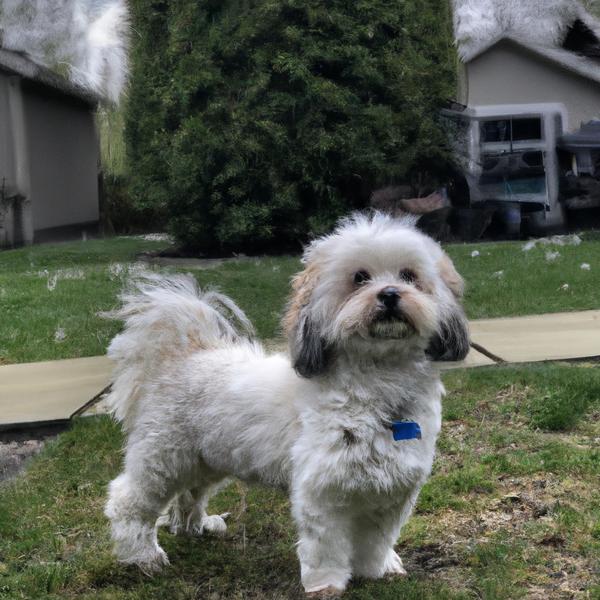
Eskapoo
Puli vs Eskapoo

Papimo
Puli vs Papimo
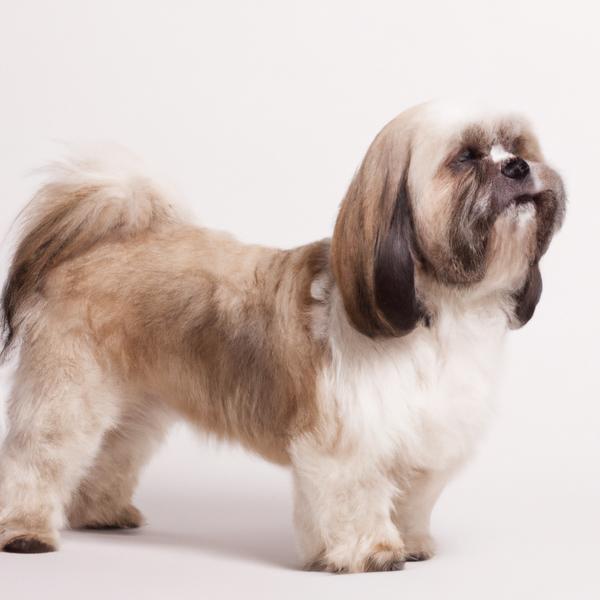
Lhasanese
Puli vs Lhasanese

Golden Labrador
Puli vs Golden Labrador
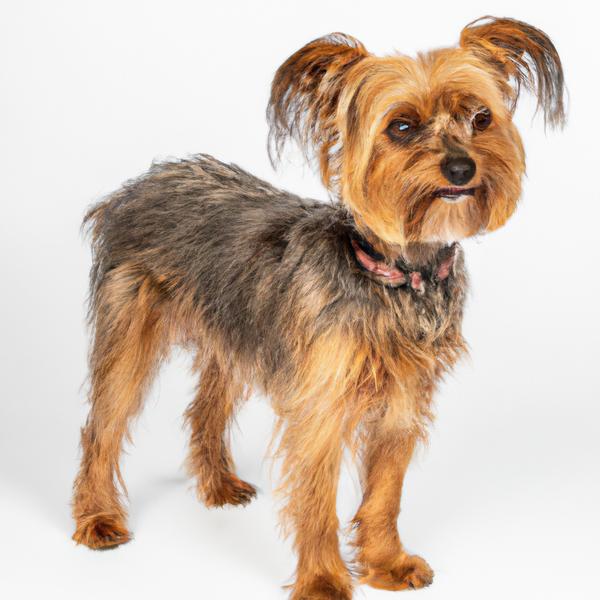
Wire Torkie
Puli vs Wire Torkie
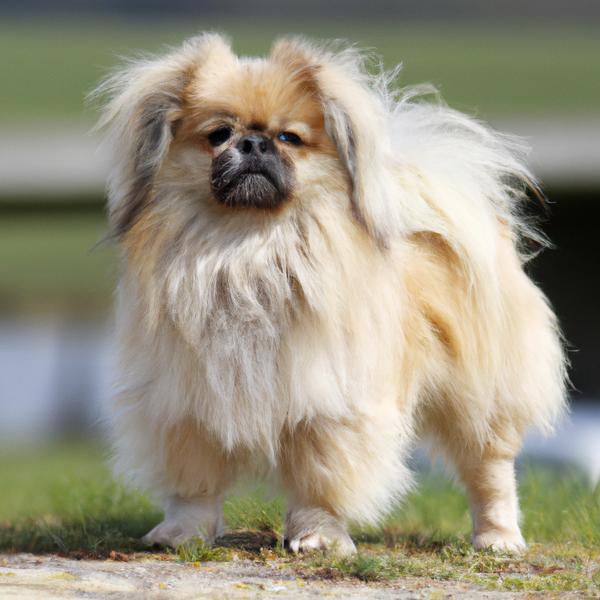
Pekehund
Puli vs Pekehund
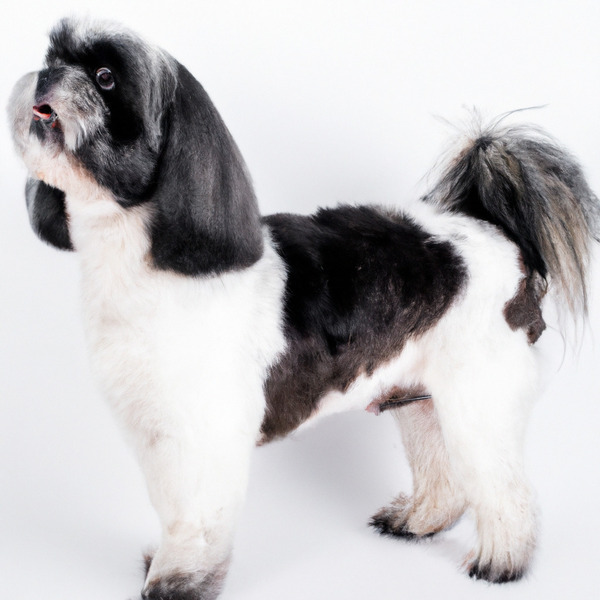
Chizer
Puli vs Chizer
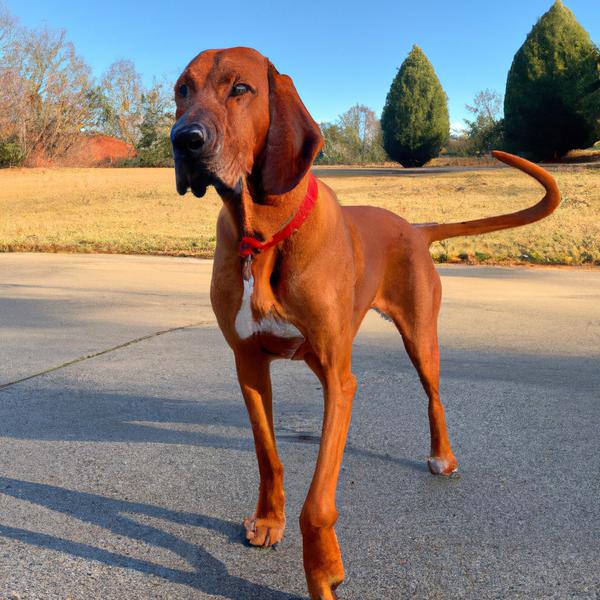
Redbone Coonhound
Puli vs Redbone Coonhound
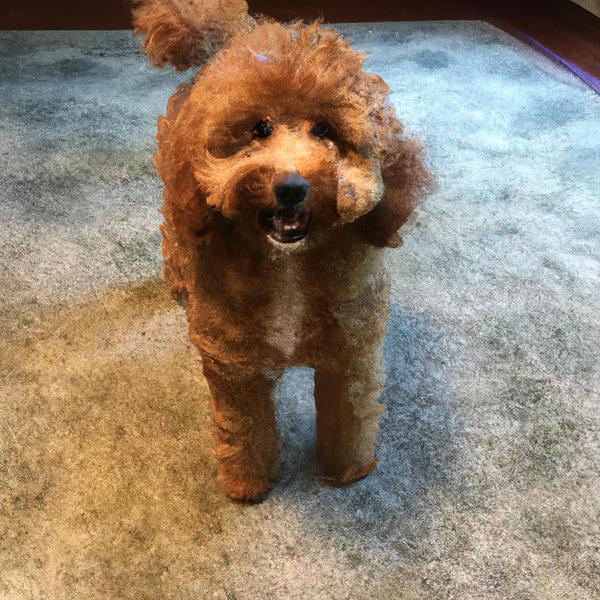
Papi-poo
Puli vs Papi-poo

Chow Shepherd
Puli vs Chow Shepherd
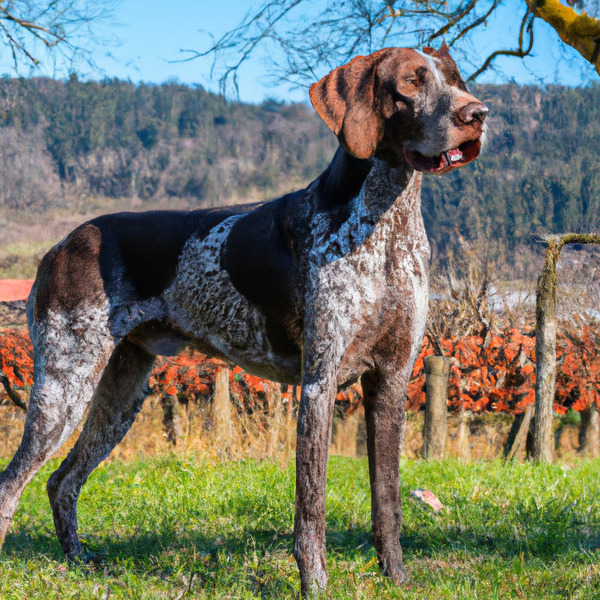
Braque d'Auvergne
Puli vs Braque d'Auvergne
